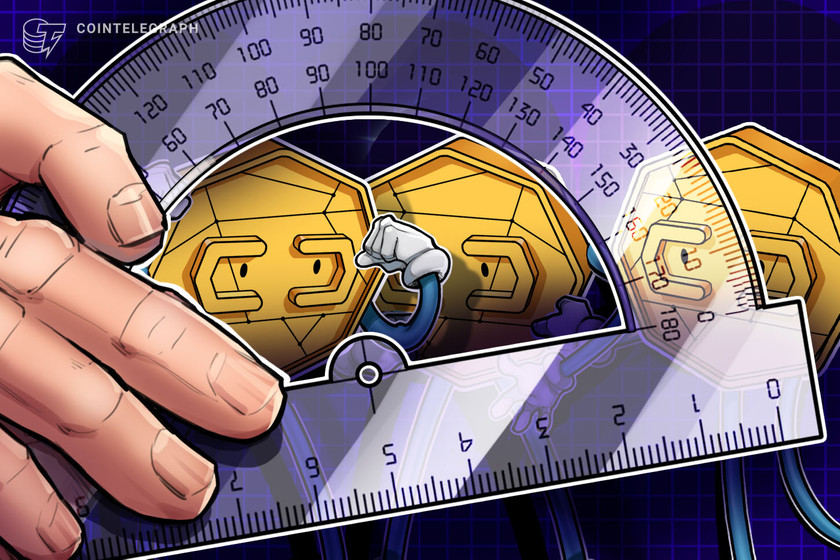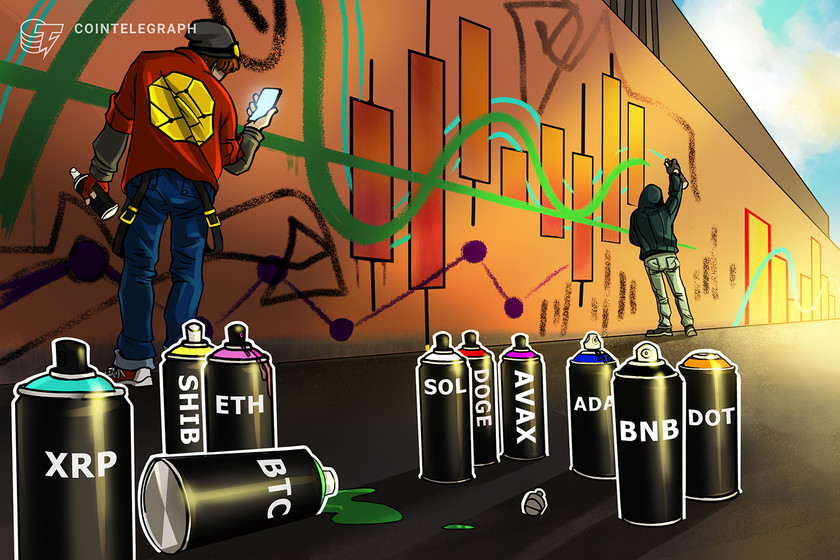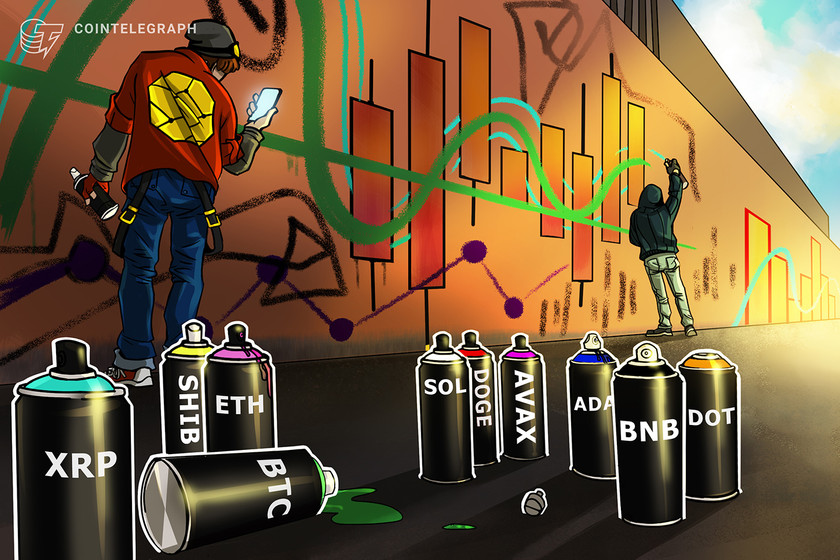Here are 3 altcoins that could surge once Bitcoin flips $35K to support


ADA, MATIC and XLM appear well positioned for a bullish breakout once BTC flips the $32,000 to $35,000 zone to support.
Bitcoin (BTC) and the wider cryptocurrency market are taking a breather after the rally on May 31. Meanwhile, most altcoins remain severely oversold, with most between 70% and 90% below their all-time highs.


What is clear is that fear is everywhere and blood is in the water. Risk-on markets are suffering worldwide, but it is exactly these kinds of conditions that create opportunities where professional money accumulates and adds to positions.
Let’s take a look at three altcoins that could be positioned for a rebound if the broader market enters a new uptrend.
ADA could be setting up for an 80% surge
Cardano (ADA) has a significantly bullish update coming very soon. The much anticipated Vasil hard fork, which increases performance and adds more Plutus enhancements, is planned for June.
From a price action perspective, ADA is positioned in a strong price range that will likely support any further upside that the broader market experienced. Within the Ichimoku Kinko Hyo system, ADA has maintained a significant gap between the bodies of the past three weekly candlesticks and the Tenkan-Sen.
When the bodies of the candlesticks and the Tenkan-Sen have noticeable gaps, a correction often occurs within three to four days. This is because the equilibrium is out of sync, the Tenkan-Sen and price action like to stick together as much as possible. A mean reversion back to the Tenkan-sen is extremely likely when one strays too far from the other.


However, if the broader cryptocurrency market experiences a big bounce, ADA price may shoot past the Tenkan-Sen to test the Kijun-Sen. ADA has not tested the weekly Kijun-Sen since the week of November 8, 2021.
The weekly Kijun-Sen is at $1.02 and contains the 2021 volume point of control and the 50% Fibonacci retracement of the all-time high to the low of January 25, 2021.


Related: Bitcoin may hit $14K in 2022, but buying BTC now ‘as good as it gets:’ Analyst
MATIC aims for $1
Looking at the weekly chart of Polygon (MATIC), one can’t help but notice that it looks strikingly similar to ADA. MATIC and ADA both have sold off from $3 and both are stuck in the mid $0.50 to mid $0.60 price range, but that is where the similarities mostly end.
Fundamentally, MATIC remains strong. Governments worldwide have attempted to restrict or ban mining due to excessive energy costs for proof-of-work blockchains and MATIC is likely to avoid government scrutiny and attract supporters as a positive example of environmental stewardship.


Like ADA, MATIC has significant gaps between the bodies of its weekly candlesticks and the Tenkan-Sen. Although, MATIC’s gaps are more significant. Likewise, the gap between price and the Kijun-Sen is much more meaningful.
Within the Ichimoku Kinko Hyo system, there is a max-mean that price will travel away from the Kijun-Sen before experiencing a violent mean reversion. For MATIC, that threshold is 63%.


Any renewed bullish momentum ifor Bitcoin will likely see MATIC lead the altcoins higher until it reaches the $1.00 to $1.15 value area near the weekly Tenkan-Sen.
XLM lags the altcoin market, but it’s known for surprises
Sometimes it is hard to forget that during the last major bull run from the COVID crash to November 2021, there were a few major altcoins that did not hit new all-time highs. Stellar (XLM) is one. In fact, the last time XLM made a new all-time high was the week of January 8, 2018, almost four and a half years ago!
One thing that XLM has going for it that not many other weekly charts have is a very clear falling wedge pattern. Out of the standard rectangle and triangle patterns in technical analysis, wedge patterns are the most powerful. What makes its wedge so powerful is the probable fakeout breakout lower.


The most probable direction for a falling wedge is higher — but breakouts below a falling wedge can yield powerful short opportunities. The typical behavior that analysts and traders expect to see with a failed falling wedge is an immediate and swift sell-off, but so far, bears have been unable or unwilling to do so.
Instead, the weekly chart for XLM shows a very strong probability of a fakeout. If bullish momentum returns to the cryptocurrency market, XLM is likely to hit the second peak of the falling wedge near the $0.38 value area.
Classic technical analysts believe that technicals lead fundamentals. If that is true, then altcoins like XLM, MATIC, and ADA could be positioned in very desirable conditions in the event of any new bull run.
However, downside risks remain a concern, but they are likely extremely limited. If a new uptrend fails to materialize before the end of June, the cryptocurrency market will probably move sideways until a major breakout higher or lower occurs in the Fall.
The views and opinions expressed here are solely those of the author and do not necessarily reflect the views of Cointelegraph.com. Every investment and trading move involves risk, you should conduct your own research when making a decision.























